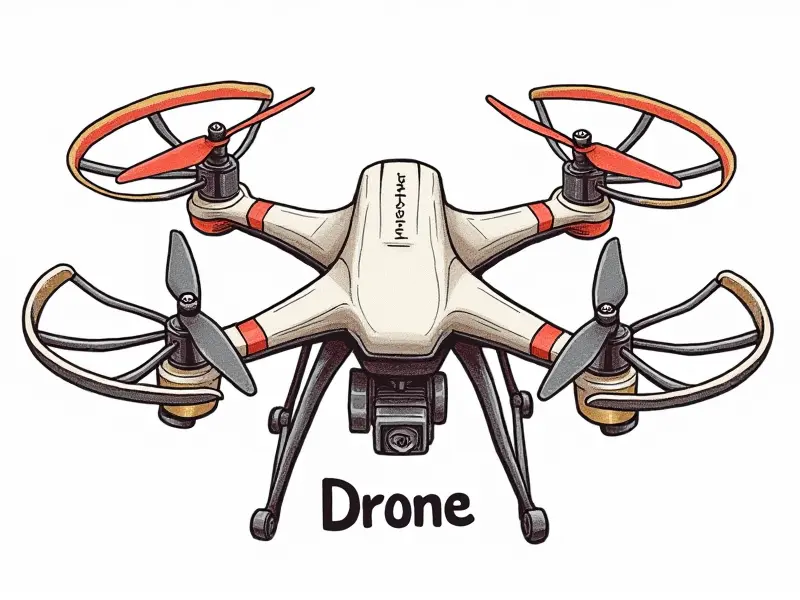How to fly RC planes?

Mastering RC Plane Flight Basics
Flying remote control (RC) planes can be an exhilarating hobby, but it requires patience and practice. Before you take off, familiarize yourself with the basics of RC plane flight. Understanding aerodynamics, such as lift, thrust, drag, and weight, is crucial for safe and efficient flying.
Beginner's Guide to Flying RC Planes
If you're new to RC planes, start by choosing a trainer model that is easy to handle and forgiving of mistakes. Trainer planes are designed with stability in mind, making them ideal for learning the fundamentals without risking damage or injury.
Choosing Your First RC Plane
- Select a Beginner-Friendly Model: Look for planes that have good reviews from other beginners and come with clear instructions.
- Consider Size and Weight: Smaller, lighter models are easier to control and less intimidating for new pilots.
Top Tips for RC Plane Pilots
Once you've mastered the basics, here are some tips to enhance your flying skills:
- Practice Regularly: Consistent practice is key to improving your control and reaction time.
- Learn from Others: Join RC clubs or online forums where experienced pilots can offer advice and guidance.
Learn RC Plane Controls Easily
The controls of an RC plane are similar to those of a full-sized aircraft. Understanding how each control surface affects the flight is essential for smooth operation:
- Ailerons: Control roll by moving the stick left or right.
- Elevators: Adjust pitch up and down to climb or descend.
- Rudder: Steer left or right for yaw control.
Essential Skills for Flying RC Planes
To become proficient in flying RC planes, you need to develop several key skills:
- Air Awareness: Learn to read the wind and other environmental factors that affect flight.
- Hand-Eye Coordination: Practice moving your hands smoothly and accurately to control the plane.
Secrets of Smooth RC Plane Flight
Achieving smooth, stable flights requires more than just basic skills. Here are some advanced techniques:
- Straight and Level Flights: Maintain a steady altitude and heading without excessive corrections.
- Circle Maneuvers: Practice turning in tight circles to improve your control over the plane's direction.
Step-by-Step RC Plane Flying Tutorial
Flying an RC plane involves several steps, from pre-flight checks to landing. Follow these guidelines for a safe and enjoyable flight:
- Pre-Flight Inspection: Check the battery, propeller, control surfaces, and overall condition of your plane.
- Setup Your Equipment: Connect the transmitter to the receiver and ensure all settings are correct.
Taking Off
- Accelerate Slowly: Gradually increase throttle until you achieve lift-off speed.
- Control Pitch: Use elevators to maintain a steady climb angle.
In-Flight Maneuvers
- Banked Turns: Combine rudder and aileron inputs for smooth turns without losing altitude.
- Straight-Line Flying: Keep the plane on course by making small, precise adjustments.
Landing Techniques
- Approach Angle: Aim for a shallow descent to ensure a soft touchdown.
- Flare and Touchdown: Reduce throttle slightly before landing to avoid overshooting the runway.
RC Plane Flying Techniques Explained
Mastery of RC plane flying comes from understanding various techniques. Here are some advanced maneuvers:
- Spiral Climb: Combine throttle and elevator inputs to ascend in a spiral pattern.
- Climbing Turn: Execute sharp turns while maintaining altitude for precision flying.
Quick Start Guide: RC Plane Flight
If you're eager to get started, follow this quick guide:
- Select Your Model: Choose a trainer plane with good reviews and clear instructions.
- Read the Manual: Thoroughly understand your plane's specifications and controls.
How to Soar with Your RC Plane
To achieve soaring flights, you need to master gliding techniques. Here’s how:
- Thermal Updrafts: Use natural air currents to gain altitude without power.
- Circling Techniques: Practice circling in updrafts for extended flight times.
RC Plane Controls: A Quick Guide
A quick reference guide to the main controls of an RC plane:
- Throttle: Adjust engine power for takeoff, climb, cruise, and descent.
- Elevators: Control pitch up or down for altitude changes.
Conclusion
Flying RC planes is a rewarding hobby that combines skill, patience, and passion. By mastering the basics and gradually advancing to more complex techniques, you can enjoy hours of fun and excitement in the air. Remember to always prioritize safety and respect airspace regulations.

